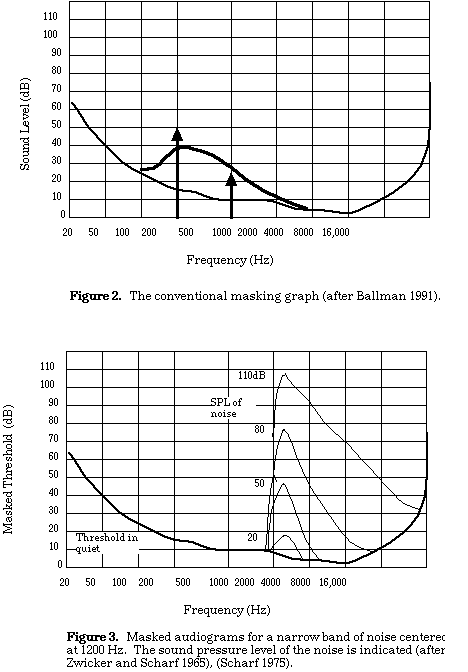One reason I love bouldering is that it’s game-like. No matter how much experience a climber has, we’re all at a certain level with certain climbs (they’re actually called “problems”) that currently challenge us. It’s like playing a well-crafted video game: the levels you’ve finished are easy, the levels ahead of you are frustratingly hard, but the level you’re currently on is a good match of difficulty for your skill level; and you can feel the flow.
I recently started learning a new programming language and I find it similarly game-like. Every new technique is a new challenge. Every new algorithm is a new challenge. The easy stuff is boring, the crazy theoretically stuff is frustrating, but the next chapter in my book is just right.
And like video games, in bouldering these problems are codified. So I can say, “I can do all the V0’s in this gym, and I’m working on the V1’s” and other climbers know something about my abilities.* Codified problems exist elsewhere too. Here’s some to help people improve their skills playing Go.
I’d love to see graded problems for interaction design. They would make it fun to solve problems, alone or socially, and communicate to each other our level of ability. “But Victor,” you might say, “interaction design problems don’t have a defined solution like a boulder.” Actually the boulders don’t either. People can solve the same problem different ways, but there are rules everyone must follow that give the game useful constraints. As long as you follow the rules and get to the top you’ve solved the problem. Some climbers are more elegant than others, and the same would be true in interaction design.
* The Moonboard is like graded problem-meets-Github, a single wall with over 800 bouldering problems contributed by various route setters.


 We’re pleased as punch to partner with our good friend Lou Rosenfeld at
We’re pleased as punch to partner with our good friend Lou Rosenfeld at 
 The
The 
